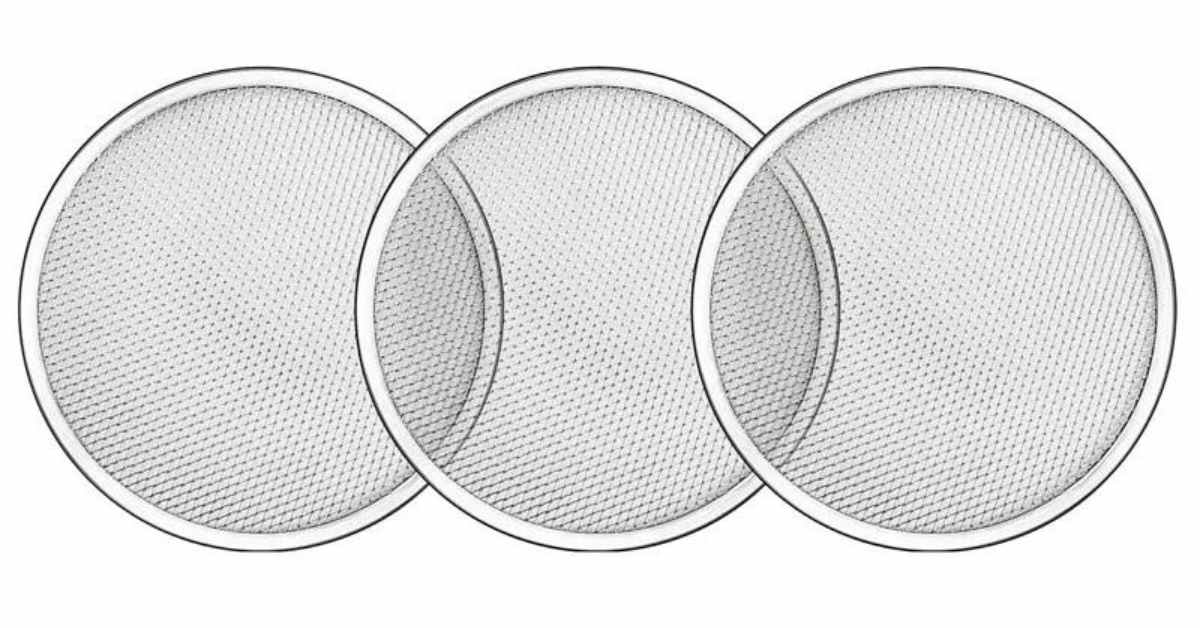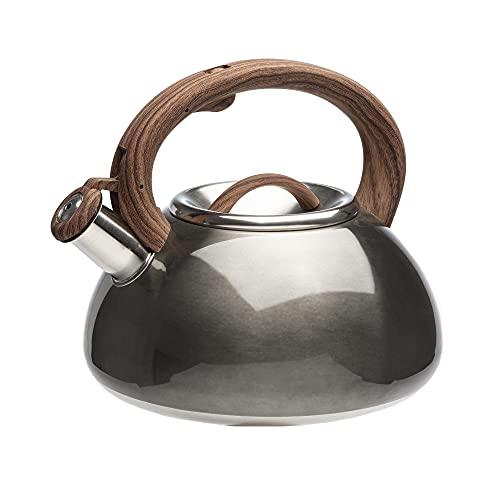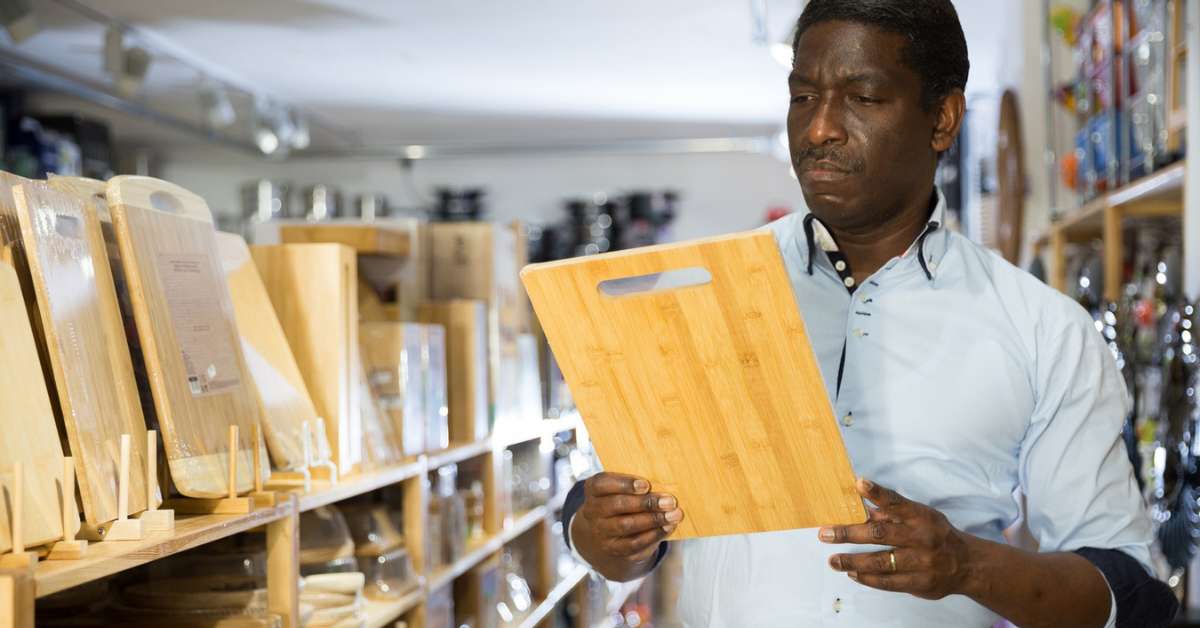Cleaning a pizza screen may seem like a simple task, but ensuring it is done effectively and efficiently is crucial for maintaining the quality of your pizza and the longevity of your equipment. A pizza screen, a mesh disc used in baking pizzas, can accumulate grease, food particles, and debris over time, impacting the taste and quality of your pizzas if not cleaned properly.
In this comprehensive guide, we will delve into the best methods and techniques to clean a pizza screen effectively, ensuring its longevity and the high quality of your pizzas.
Table of Contents
ToggleUnderstanding the Importance of Clean Pizza Screens
Pizza screens are integral tools in the pizza-making process. They facilitate even cooking by allowing heat to circulate the pizza, resulting in a crispy crust and evenly melted cheese.
However, these screens can quickly become clogged with food particles and grease after repeated use. Failure to clean them properly can affect the taste and texture of your pizzas.
Cleaning your pizza screens regularly is essential not only for hygiene but also for maintaining the integrity of your equipment. Neglecting this maintenance can lead to a buildup of residue that affects the flavor of your pizzas and can potentially damage your screens, necessitating premature replacements.
Steps for Cleaning a Pizza Screen
Gather Necessary Materials
Before beginning the cleaning process, gather the following materials:
- Dishwashing detergent or soap
- Soft-bristled brush or sponge
- Hot water
- Towel or drying rack
Preparation
Start by allowing the pizza screen to cool down. Cleaning a hot screen can be hazardous and less effective. Remove any food remnants on the screen using a soft cloth or paper towel.
Hand Washing Method
- Fill a sink or basin with hot water.
- Add dishwashing detergent or soap to create a cleaning solution.
- Immerse the pizza screen in the solution and allow it to soak for a few minutes.
- Gently scrub the screen with a soft-bristled brush or sponge to remove food particles and grease.
- Rinse the screen thoroughly under hot running water to remove all detergent residue.
Drying
After cleaning, pat the screen dry with a clean towel or place it on a drying rack to air dry completely before storing or using it again.
Tips for Effective Cleaning
- Avoid using abrasive cleaners or scrubbers that may damage the pizza screen.
- Regular cleaning after each use can prevent the buildup of tough residues.
- For stubborn, baked-on residue, soak the screen longer or use a specialized cleaner specifically designed for pizza screens.
Final Thoughts
Maintaining clean pizza screens is paramount for both the taste of your pizzas and the durability of your equipment. By following these steps and incorporating them into your regular cleaning routine, you can ensure the longevity of your screens and consistently produce high-quality pizzas.
Now that you have a comprehensive guide on how to clean a pizza screen, implement these steps regularly to keep your equipment in top condition and ensure the delicious taste of your pizzas!
FAQs on How to Clean a Pizza Screen
How do you clean dirty pizza screens?
To clean dirty pizza screens, start by allowing them to cool down, soak them in hot, soapy water, and gently scrub with a soft-bristled brush or sponge. Rinse thoroughly afterward.
How do you cure a pizza screen?
Curing a pizza screen involves washing it thoroughly with hot, soapy water and then oil it lightly with vegetable oil before using it. This process creates a natural, non-stick surface.
Do you spray a pizza screen?
Yes, lightly spraying a pizza screen with cooking spray or brushing it with oil can prevent sticking and help in the cleaning process.
Why did my pizza stick to the screen?
Pizza may stick to the screen due to insufficient curing or seasoning, excessive heat, or lack of proper preparation, such as not using enough oil or cooking spray.
How to clean a pizza screen with baking soda?
Create a paste with baking soda and water. Apply it to the screen, scrub gently, and let it sit for a few minutes before rinsing thoroughly with hot water. This method helps remove stubborn residues effectively.





